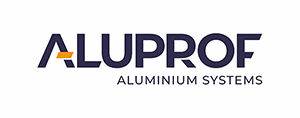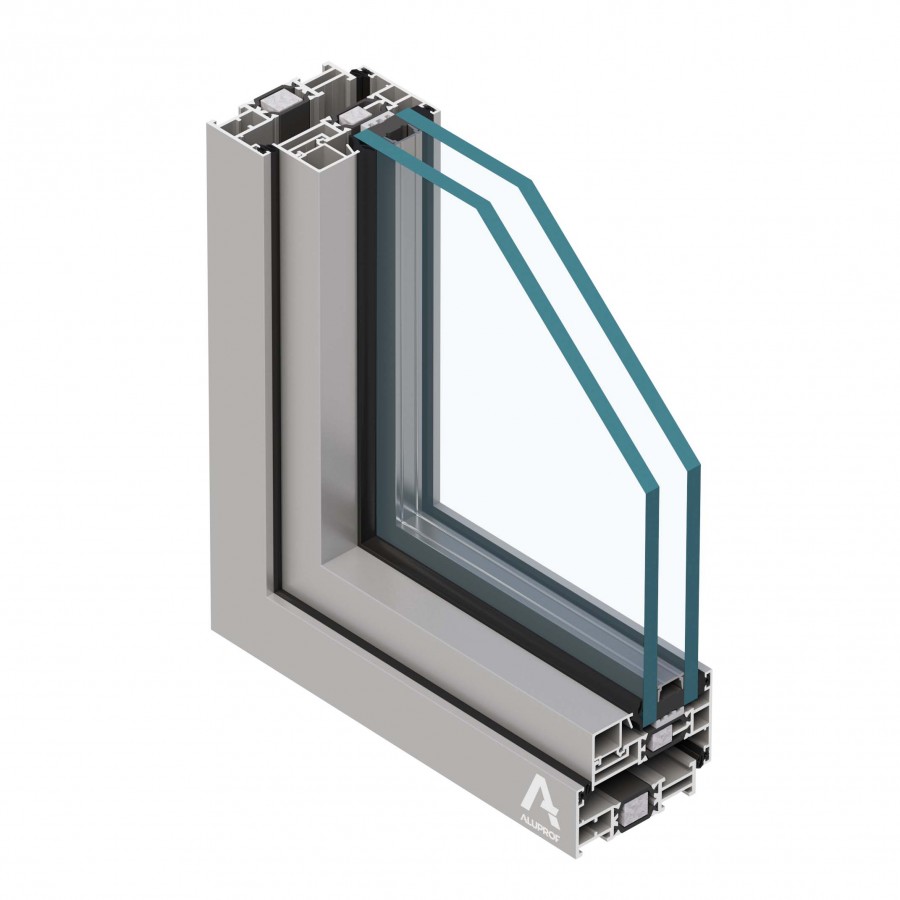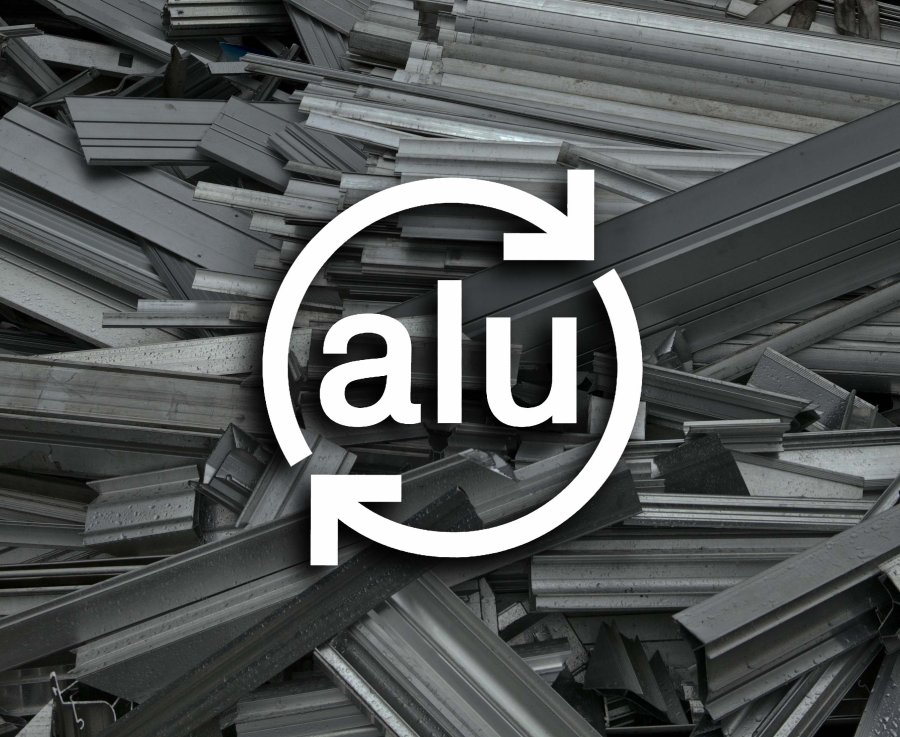Is it possible to erect new buildings and protect the environment at the same time? The sustainable building trend shows that it is. Especially since there are a number of interesting technologies available today to reconcile functionality with reducing your carbon footprint.
Smart façades are one such solution. What are they and what impact do they have on ecology?
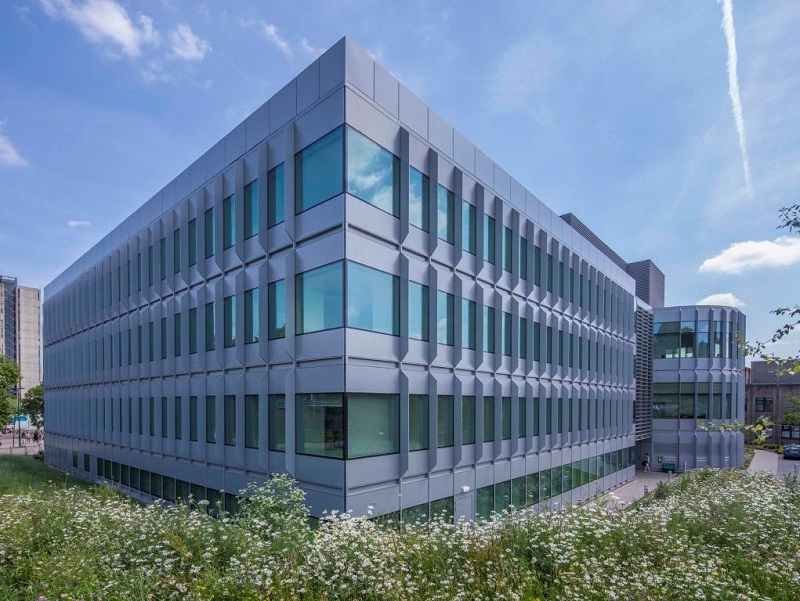
Smart façades – the future at your fingertips
More and more things in our environment are becoming ‘smart’. We have ‘smart’ phones, refrigerators and cars. Even the homes we live in can be ‘smart’. It is no wonder that with each passing year, this type of technology is making its way into subsequent industries, providing solutions that are not only functional, but also work in harmony with the natural environment.
This is exactly what smart façades are – an exterior glazing system designed to bring tangible environmental and energy benefits to the building in which it is installed.
Smart façades provide what is most important in sustainable building – energy savings. Designed with the use of cutting-edge technological advances, they serve to better control the most important aspects from the users’ point of view: the illumination of office spaces, the optimisation of building temperatures and the best possible annual energy balance.
Smart façades are window systems that use special sets of multiple-glazed units to regulate the intensity of solar radiation in a building. Smart façades include several subtypes, such as:
- façades with active shading systems,
- double façades,
- integrated façades.
During the summer months, smart façades effectively reduce the intensity of sunlight coming through the glazing and also discharge excess heat from solar radiation to the outside. Thus, they prevent room from heating, ensuring optimal working conditions. Light can be reduced either by means of external shades and roller blinds or by using electrochromic shading glass.
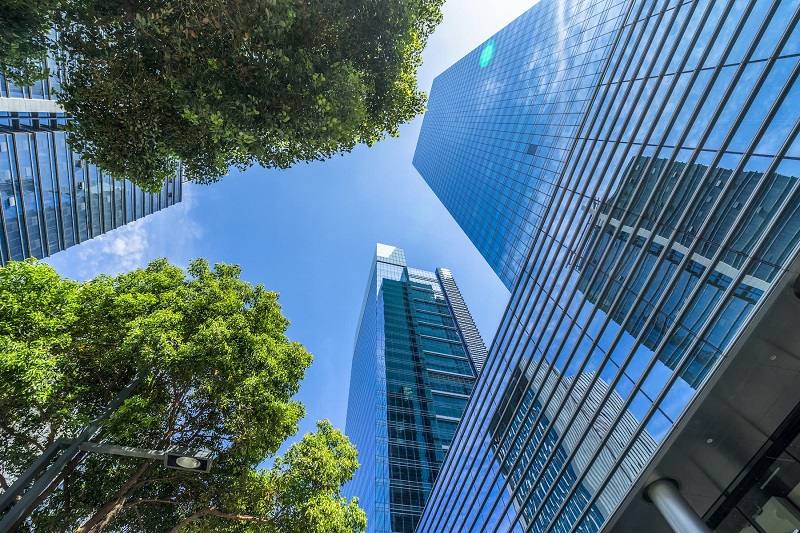
In winter, on the other hand, smart façades work in the opposite way – by providing light to rooms and also warming them up as needed, through stronger permeability of solar radiation. The intelligence of this solution lies in the choice of appropriate solutions, thanks to which the façade is able to ‘reprogram’ itself to a specific mode of operation depending on the conditions prevailing outside.
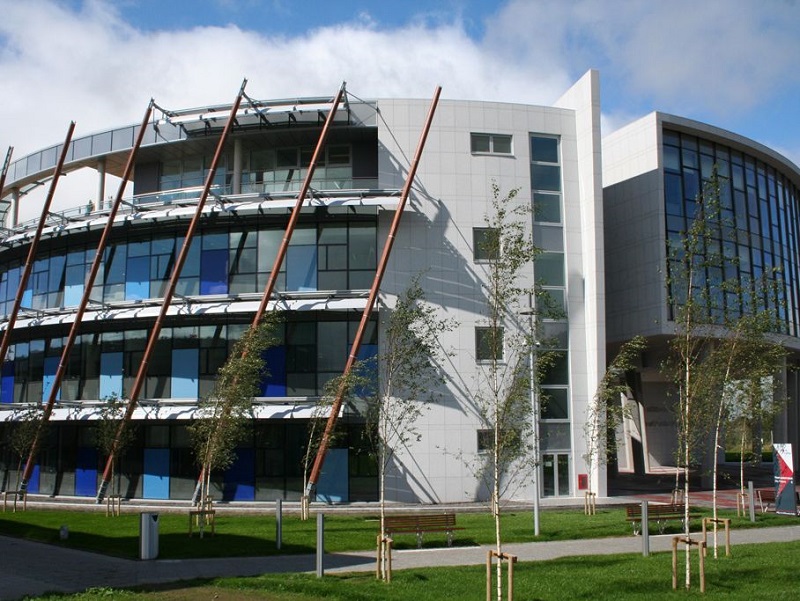
Photo: Office for Public Works, Trim, Ireland. Applied system: MB-SG50
What impact do smart façades have on sustainable building?
Does designing a building with a smart façade make the building itself smart? Not really – despite their apparent similarity, these concepts are not the same. A smart building is nowadays considered to be a project in which a number of smart home solutions have been applied. A structural solution like smart façades will not automatically make a building smart.
Modern sustainable projects must meet a number of stringent requirements. Especially when they aspire to BREEAM and LEED certification. These requirements relate to a variety of factors, including the location of the building, its integration into the landscape, the choice of building materials and technologies that affect its low-emissivity or even passivity. How do smart façades help achieve these goals?
As mentioned earlier in this article – the role of the façades changes depending on the conditions around the building. In the summer, their main function is to provide the best possible thermal insulation of the interior, so that the air conditioning system needs much less energy to provide a comfortable environment for the users. In the winter, the task of smart façades is to heat up rooms, which in turn translates into lower heating costs.
Less energy needed to maintain the building means lower costs for the investor, as well as higher scores in BREEAM and LEED certifications. Optimising the annual energy balance also means a smaller carbon footprint generated by the building. Smart façades fit perfectly into the trend for sustainable, green building.

Which façades to choose for smart solutions?
Among the intelligent façades, the solutions of the Aluprof brand are worth considering, both in terms of technology and environment. The company offers, among others, special MB-SG50 and MB-SR50N EFEKT façades, with the frames made of aluminium. This material can be obtained from recycling on the customer’s request, which makes the manufacturing of these elements release much less harmful substances into the atmosphere.
From the technological point of view, one of the factors that make it worth paying attention to Aluprof’s solutions is the Reduced Transom Deflection (RTD) system patented by the company, which makes it possible to create bolts as long as 4 metres.
“Through the use of modern technologies available in Aluprof’s product package, previous architectural limitations in the design of mullion-transom curtain walls have been significantly eliminated”, says Wojciech Brożyna, Managing Director Aluprof UK. “Thanks to such solutions, designers are able to design large, wide, panoramic glazing”, adds the expert. The RTD system facilitates even more efficient use of glazed surfaces in the service of the building’s low-emission performance.

Photo: Wadham College Student Centre, Oxford, United Kingdom. Applied systems: MB-SR50N, MB-SR50N EFEKT
Let’s build a better future
Smart façades will be continuously developed as part of the sustainable building trend. When environmental protection is becoming a necessity, solutions for designing, building and renovating in a sustainable way are increasingly in demand in the marketplace.
Sustainable building is the path that the entire AEC industry will soon follow. The need for low-carbon construction and eco-efficiency of existing buildings is already stirring a renaissance of interest in sustainable construction and design technologies.











